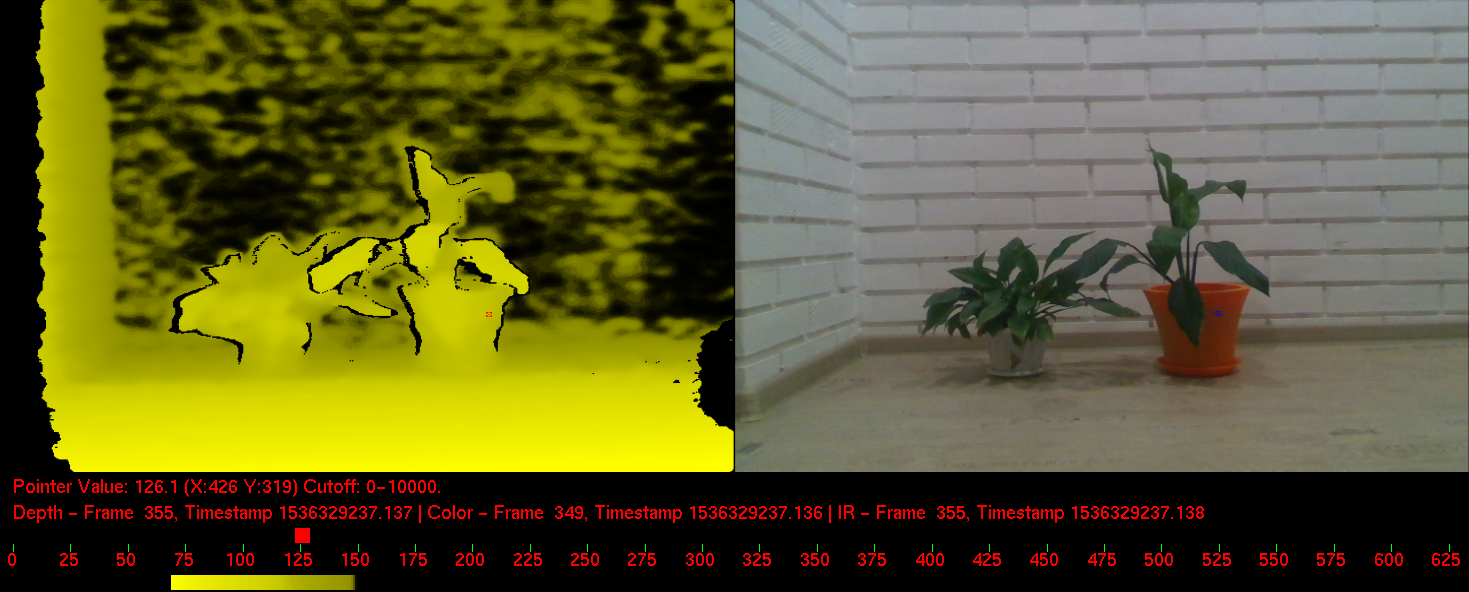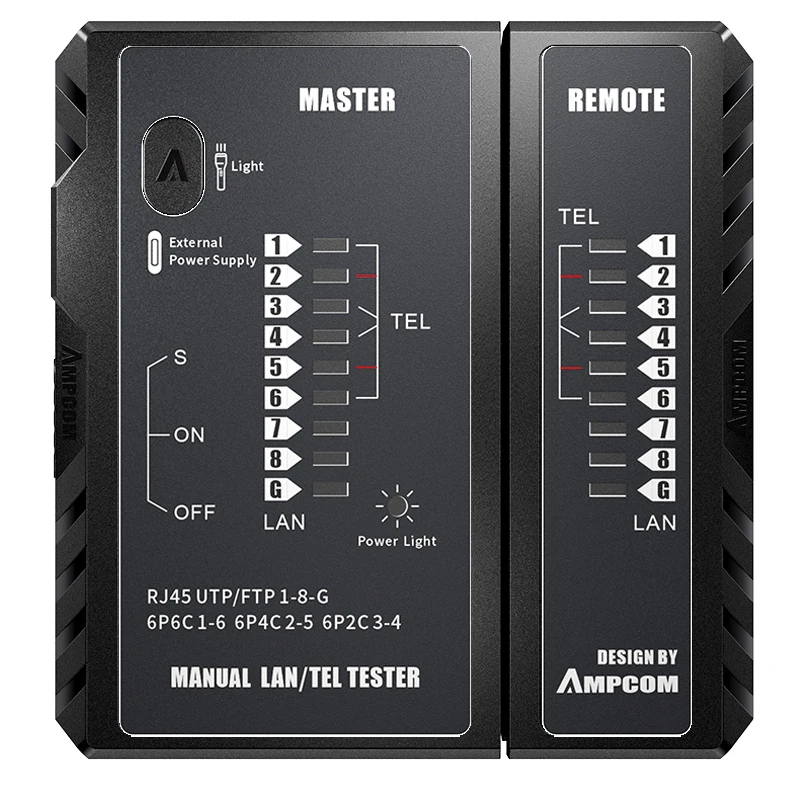

This command performs an LSP trace using the protocol and data structures defined in RFC 4379, Detecting Multi-Protocol Label Switched (MPLS) Data Plane Failures, and extended by RFC 6426, MPLS On-Demand Connectivity Verification and Route Tracing. The marking of the packet EXP is dictated by the LSP-EXP mappings on the outgoing interface. When an MPLS echo reply packet is generated in CPM and is forwarded to the outgoing interface, the packet is queued in the egress network queue corresponding to the FC and profile parameter values determined by the classification of the echo request packet, which is being replied to, at the incoming interface. When the MPLS echo request packet is received on the responding node, the FC and profile parameter values are dictated by the LSP-EXP mappings of the incoming interface. When an MPLS echo request packet is generated in CPM and is forwarded to the outgoing interface, the packet is queued in the egress network queue corresponding to the specified FC and profile parameter values.

The FC and profile parameters are used to indicate the forwarding class and profile of the MPLS echo request packet. If RFC 4379 is selected, the timestamp is in seconds and microseconds since 1900, otherwise it is in seconds and microseconds since 1970. The timestamp format to be sent, and to be expected when received in a PDU, is configured by the config test-oam mpls-time-stamp-format command. The lsp-ping static command performs an LSP ping using the protocol and data structures defined in RFC 4379, as extended by RFC 6426, MPLS On-Demand Connectivity Verification and Route Tracing. The status of the LSP is displayed when the MPLS echo reply packet is received. The MPLS echo request packet is sent through the data plane and awaits an MPLS echo reply packet from the device terminating the LSP. In an LSP ping, the originating device creates an MPLS echo request packet for the LSP and path to be tested. The LSP ping operation is modeled after the IP ping utility, which uses ICMP echo request and reply packets to determine IP connectivity. The lsp-ping command performs an LSP ping using the protocol and data structures defined in RFC 4379, Detecting Multi-Protocol Label Switched (MPLS) Data Plane Failures. This command performs in-band LSP connectivity tests.


 0 kommentar(er)
0 kommentar(er)
